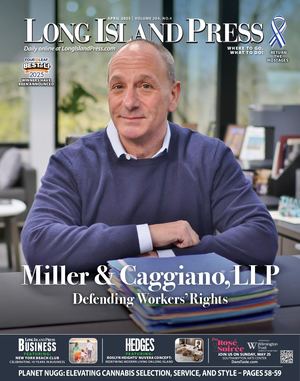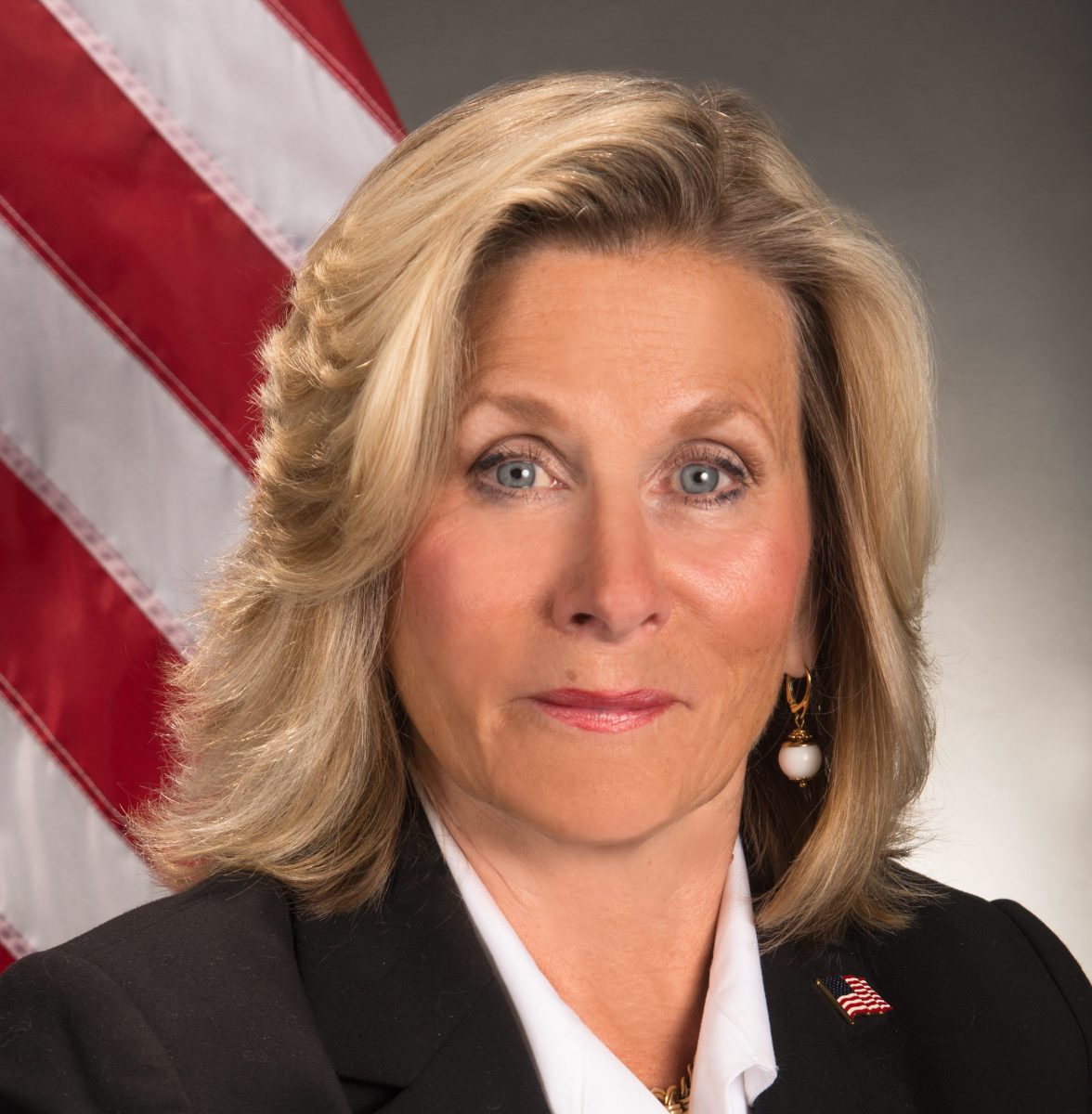Different areas of Nassau County have dealt with the increasing need for housing in different ways.
The median price of homes for sale in January 2025 was $400,500, according to Realtor.com. Meanwhile, Nassau County had an average median price for sold homes of $769,200 in December 2024. Officials in Nassau County have taken different approaches to provide affordable and situational living to the members of their communities.
Some initiatives have included building new infrastructure for those with lower income while others have been focused on keeping residents interconnected with local initiatives.
Glen Cove was one of 15 New York communities to recently be awarded $150,000 from New York State’s Smart Growth Community Planning Program, which is designed to encourage affordable housing, walkable downtowns and small businesses. The city has multiple housing opportunities for people looking for affordable options.
The Glen Cove Section 8 Program has 340 vouchers for rental housing, although Mayor Pamala Panzenbeck said the town can only provide 280 vouchers due to a lack of space. Some of these units are interspersed with other housing projects, something that the mayor said helps people feel more comfortable in the area.
“Nobody really knows who’s a Section 8 or who has a different kind of a voucher, so that’s really nice,” she said.
Glen Cove also has multiple complexes totaling hundreds of units in use for affordable housing. Panzenbeck also hinted at the possibility of transit-oriented housing coming to the area, something that other Nassau County areas have already taken advantage of.
“The demand is there, and the supply keeps getting gobbled up,” Mineola Mayor Paul Pereira said about his village.
Mineola has pushed forward a master plan for roughly 20 years that involves revitalizing Mineola’s downtown district and keeping residents in the area. The village has built over 1,200 units of multifamily housing around the train station area. Roughly 10% of the units were set aside for next-generation housing in compliance with the Long Island Housing Partnership, but the rest are considered transit-oriented housing due to their proximity to the village’s train station and downtown district. These units are mainly occupied now with waiting lists.
“The hope is that with this critical mass of people downtown, they will not only end up living in downtown Mineola, but they will end up shopping, eating, and investing in our downtown,” Pereira said.
The mayor also listed a number of projects currently in the works that will continue to add homes to the area that can further complement the infrastructure already in place. He said all of these upcoming projects are expected to be finished within the next two years and will provide more housing to an area committed to keeping the flow of money internally.
The Town of Oyster Bay has been a part of multiple revitalization projects that have also provided different kinds of housing.
The Town of Oyster Bay Housing Authority offers 2,194 affordable units for eligible senior citizens and next-generation young people. The town also has approved 500 new residential units as part of the Hicksville Downtown Revitalization Initiative, which includes multiple ongoing projects as well as projects that are expected to break ground within the next two years.
The Alpine Development is a $111 million project at 99 Newbridge Rd. with 227 units, retail and restaurant space that broke ground in November 2023. Fieldstone at N. Broadway will have 104 units with retail & restaurant space with groundbreaking this year. The Bank of America Building in Hicksville will have 106 units with retail by Bartone Properties. The ground will break to update the site in 2026. The West Cherry Townhouses will provide an additional 13 units and 20 more units will be available at 37 West Cherry Street. Thirty units, plus a roof restaurant and retail, will be available at Chroma Point. All of these projects will break ground this year.
Farmingdale was one of the first local villages to feature a downtown revitalization, and it has continued to provide different types of housing to its residents.
The village has multiple housing areas recently built located near the train station and downtown district. Some 10% of the several hundred units that were constructed are also considered affordable housing, but the rest are considered to be transit-oriented.
“The problem about more development is we don’t see any spaces where projects could be built,” Farmingdale Mayor Ralph Eksrtand said.
The initial building up of the village’s downtown came from turning old warehouses into revitalized property. Ekstrand said that there aren’t any more areas like that and there hasn’t been a new housing project in Farmingdale in the works for roughly three years.
With the development of local housing projects, the village saw a large increase in the value of housing. From 2018 to 2021, Farmingdale had a 28.35% increase in property values, according to the mayor.
The increase in property values and the lack of open housing have led to many pushes from local and state officials for more housing projects in the years to come.

































